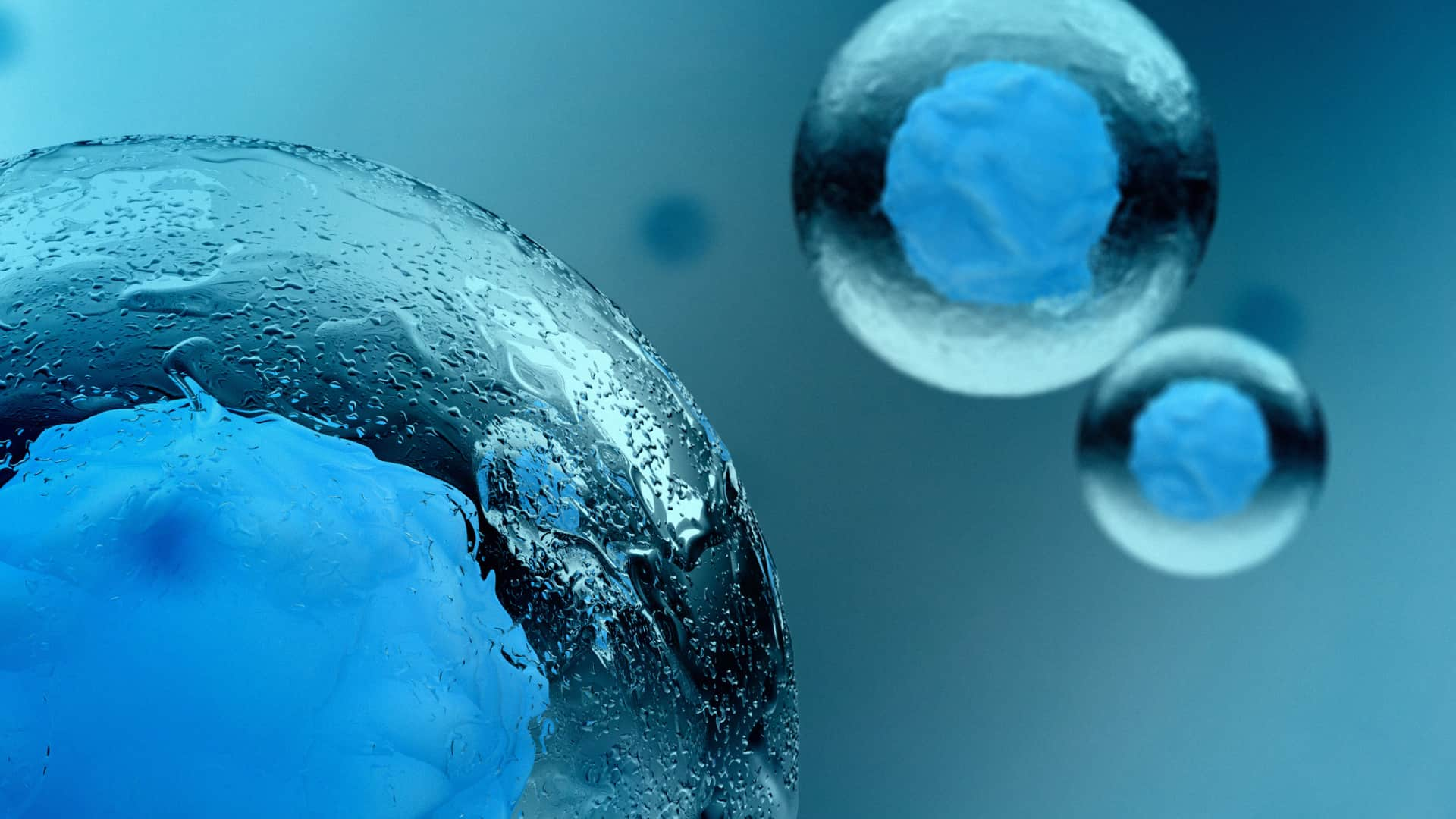Vitamin B1 (Thiamine)
Common Name
Thiamine | Thiamin
Top Benefits of Thiamine
Supports energy metabolism*
Supports metabolic health*
What is Thiamine?
Thiamine (vitamin B1) is part of the B complex—a group of water-soluble vitamins that play important roles in cellular metabolism and energy production. It was the first of the B complex vitamins to be isolated, which is why it’s called B1. Thiamine is on the World Health Organization's List of Essential Medicines, the most effective and safe compounds needed in a health system, because of its essential role in preventing thiamine deficiency disorders. The body concentrates thiamine in metabolically active tissues, including skeletal muscle, heart, brain, liver, and kidneys. But the body only stores a small amount of thiamine (about 20-30 mg), so it needs to be consumed consistently in the diet. Thiamine is involved in many cellular processes. It is essential for the metabolism of sugars, proteins, and fats, and is instrumental in several important processes needed to make cellular energy.*
Neurohacker’s Thiamine Sourcing
Thiamine is supplied as thiamine HCL (hydrochloride) because oral supplementation with this form of vitamin B1 can rapidly increase blood levels of thiamine [1].
Thiamine HCl is NON-GMO, gluten-free and vegan.
Thiamine Formulating Principles and Rationale
Thiamine has a wide dosing range that varies from about the daily value amount of 1.2 mg to several hundred milligrams. We consider it to be subject to a dosing threshold (see Neurohacker Dosing Principles), which means that while more might be better within a range, increasing amounts beyond that range is unlikely to add significant additional nutritional or functional benefits for most people. Depending on the goal of a formulation, the serving of thiamine used can vary. If we are using it in combination with the rest of the B-complex family of vitamins to complement this family’s functional activities, especially for energy production, a low-to-modest serving will be used. If we are using thiamine for a more specific purpose—as a nootropic for example—a higher serving may be used.*
Thiamine Key Mechanisms
Supports energy metabolism*
Supports energy generation (ATP) from carbohydrate and sugar metabolism* [2]
Cofactor in the pyruvate dehydrogenase complex*
Thiamine pyrophosphate (TPP) is required as a cofactor in the E1 subunit of the pyruvate dehydrogenase (PDH) complex* [2]
TPP is essential for the generation by the PDH complex of acetyl-CoA, used in the citric acid cycle to generate ATP* [2]
TPP is essential for the generation by the PDH complex of nicotinamide adenine dinucleotide (NADH), required for the production of ATP* [2]
Cofactor in the citric acid cycle* [2]
TPP is required as a cofactor in the alpha-ketoglutarate dehydrogenase reaction of the citric acid cycle (conversion of alpha-ketoglutarate to succinyl-CoA)* [2]
TPP is essential in propagating the citric acid cycle to generate ATP* [2]
Cofactor in the pentose phosphate pathway*
TPP is required as a cofactor in the transketolase reaction of the pentose phosphate pathway (PPP)* [2]
The PPP provides nicotinamide adenine dinucleotide phosphate (NADPH), used in several biochemical pathways such as in steroid, fatty acid, amino acid, neurotransmitter, and glutathione synthesis* [2]
The PPP provides ribose-5-phosphate, an essential building block in nucleic acids [2]
Ribose-5-phosphate can enter the non-oxidative phase of the PPP where transketolase and TPP help transform ribose-5-phosphate back into glycolysis intermediates (such as glucose-6-phosphate)* [2]
Supports brain function*
Essential for the production by the pyruvate dehydrogenase complex of acetyl-CoA used for the production of acetylcholine* [2]
The alpha-ketoglutarate dehydrogenase reaction of the citric acid cycle reaction has a role in maintaining glutamate and gamma-aminobutyric acid (GABA) levels* [2]
Other actions*
Participates in the synthesis of NADPH to be used in the recycling of the antioxidant glutathione (GSH)* [2]
May help counter the production of advanced glycation end-products (AGEs)* [3,4]
*These statements have not been evaluated by the Food and Drug Administration. This product is not intended to diagnose, treat, cure, or prevent any disease.
REFERENCES
[1] H.A. Smithline, M. Donnino, D.J. Greenblatt, BMC Clin. Pharmacol. 12 (2012) 4.
[2] D. A. Bender, in Nutritional Biochemistry of the Vitamins (Cambridge University Press, 2003), pp. 148–171.
[3] S. Kousar, M. A. Sheikh, M. Asghar, J. Pak. Med. Assoc. 62, 1033–1038 (2012).
[4] N. Karachalias, R. Babaei-Jadidi, C. Kupich, N. Ahmed, P. J. Thornalley, Ann. N. Y. Acad. Sci. 1043, 777–783 (2005).




